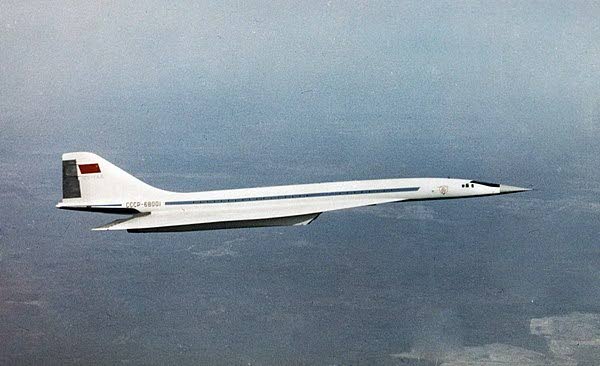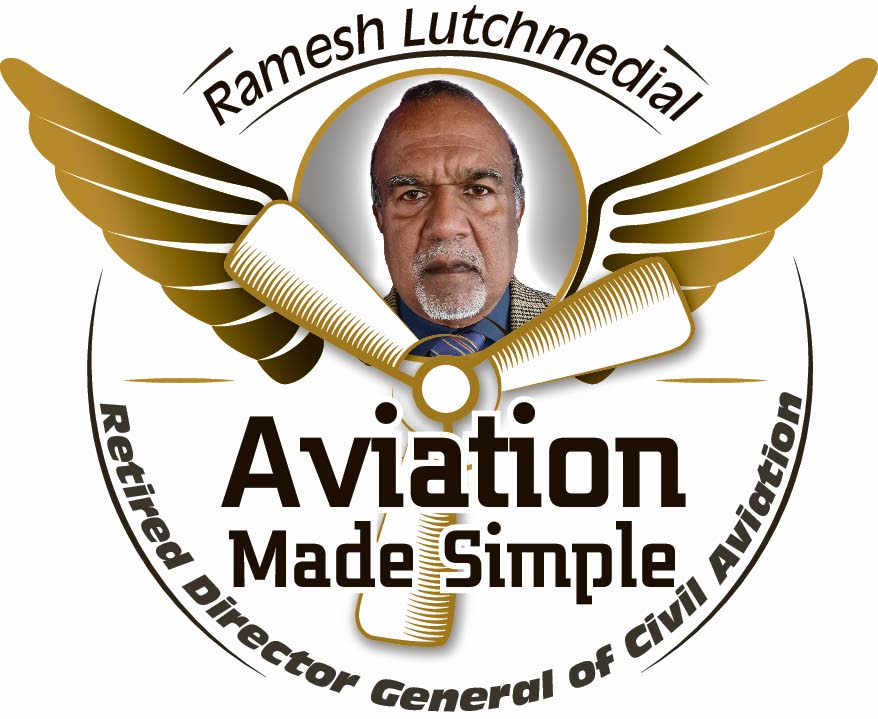Future of supersonic commercial aircraft

Aircraft designers have always pushed the envelope to develop supersonic transport (SST) aircraft.
The main advantage of SSTs is its supersonic speed which significantly reduces the trip time between two cities. Its main drawback is the sonic boom created by the supersonic speeds.
To date, only two SSTs, the Tupolev Tu-144 and Anglo-French Concorde have entered commercial operation.
The Tupolev Tu-144 is a Soviet supersonic passenger airliner designed by Tupolev that was in operation from 1968 to 1999.
The Tu-144 was the world's first commercial supersonic transport aircraft. The prototype's maiden flight was on December 31, 1968, from Zhukovsky Airport in Moscow. The aircraft was a product of the Tupolev Design Bureau, headed by aeronautics pioneer Aleksey Tupolev. Sixteen Tu-144 aircraft were manufactured.

The Tu-144's first supersonic flight was on June 5, 1969 and on May 26, 1970 it became the world's first commercial transport to exceed Mach 2.
The Tu-144 conducted 102 commercial flights at an average service altitude of 52,000 ft and a cruising speed of around 1,522 mph.
Reliability and developmental issues restricted the viability of the Tu-144 for regular commercial use.
These factors, together with repercussions of the Tu-144 crash at the 1973 Paris Air Show, projections of high operating costs, and rising fuel prices and environmental concerns outside the Soviet Union, caused foreign customer interest to wane.
The Tu-144 was introduced into commercial service with Aeroflot between Moscow and Alma-Ata, Kazakhstan on November 1, 1977.
It was withdrawn less than seven months later after a new Tu-144 variant crash-landed during a test flight on May 23, 1978.
The Tu-144 remained in commercial service as a cargo aircraft until the cancellation of the programme in 1983.
It was later used by the Soviet space programme to train pilots of the Buran spacecraft and by NASA for supersonic research until 1999.
The Tu-144 made its final flight on June 26, 1999 and surviving aircraft were put on display across the world or into storage.
The Concorde is an Anglo-French supersonic airliner jointly developed and manufactured by Sud Aviation (later Aerospatiale) and the British Aircraft Corporation (BAC). Studies started in 1954 and on November 29, 1962, France and the UK signed a treaty establishing the development of the project.

The programme cost was estimated at £70 million at that time. Construction of the six prototypes began in February 1965, and the first flight took off from Toulouse on March 2, 1969. The market forecast was for 350 aircraft and up to 100 option orders were placed by many major airlines.
It received its Certificate of Airworthiness from France on October 9, 1975 and from the UK on December 5, 1975.
Delays and cost overruns increased the programme cost to £2.1 billion in 1976.
Both Air France and British Airways Concorde entered service in simultaneous operations on January 21, 1976 at 11.40 am.
Air France departed Paris-Roissy for Rio de Janeiro and British Airways departed London Heathrow for Bahrain.
Transatlantic flights to Washington Dulles and to New York JFK became the main markets.
Air France and British Airways remained the sole customers with seven airframes each, for a total production of 20 Concorde aircraft.
Supersonic flights halved travel times but sonic booms over the ground limited supersonic speeds to transoceanic flights only.
On July 25, 2000, Air France Flight 4590 crashed shortly after take-off from Charles de Gaulle Airport in Paris. All 109 occupants on board and four people on the ground perished. This was the only fatal incident involving Concorde. Commercial service was suspended until November 2001. The surviving aircraft were retired in 2003, 27 years after commercial operations had begun. All but two of the 20 aircraft built have been preserved and are on display across Europe and North America.
Since SSTs produce sonic booms, they were rarely permitted to fly supersonic over land.
SSTs are inefficient at subsonic speeds compared to subsonic aircraft. Its range is limited and the number of routes that the aircraft can fly non-stop is reduced. This also diminishes the desirability of such aircraft by most airlines causing SSTs to lose market attractiveness.
It was also argued that SSTs had the potential for its engine exhaust to damage the ozone layer. These factors influenced the US Congress to drop funding for the US SST programme in March 1971. Also, all US overland commercial supersonic flights were banned.
Following the permanent cessation of flying by Concorde and the Tu-144, there are no remaining SSTs in commercial operation. However, several companies have proposed a supersonic business jet. Smaller SSTs have less environmental impact and with improved technologies, supersonic transport could be back on the front burner.
Airlines potentially value very fast aircraft because it enables the aircraft to make more flights per day, increasing revenues. Additionally, passengers generally prefer faster, shorter-duration trips to slower, longer-duration trips. Therefore, operating faster aircraft can give an airline a competitive advantage.
Many customers will willingly pay higher fares for the benefit of saving time and/or arriving sooner.
One of the most critical factors in the commercial viability of SSTs is the strength of the sonic boom generated during supersonic flights. This can cause damage to glass windows in buildings and other structures. The powerful boom created by Concorde prevented the aircraft from flying supersonically over land which eliminated many possible passenger routes and contributed to the cancellation of Concorde's American rival, the Boeing 2707.
The Next Generation Supersonic Transport is an SST being developed by the Japanese Space Agency JAXA.
By comparison to the Concorde, this new design will carry three times as many passengers and fly at the same speed 1,522 mph with twice the Concorde range.
The goal is to achieve an economic ticket price comparable to that of commercial business class.
The economic success of JAXA’s project is still unclear and as a consequence, the project has met with limited interest from Japanese aerospace companies.
Since the 1960s a number of techniques have been developed that may reduce the sonic boom effect.
On May 9, 2008, JAXA announced it would collaborate with NASA to conduct joint research on sonic boom modelling.
Until SST designers can develop technologies to meaningfully mitigate the effects of the sonic boom, commercial SSTs may continue to be just wishful thinking.

Comments
"Future of supersonic commercial aircraft"